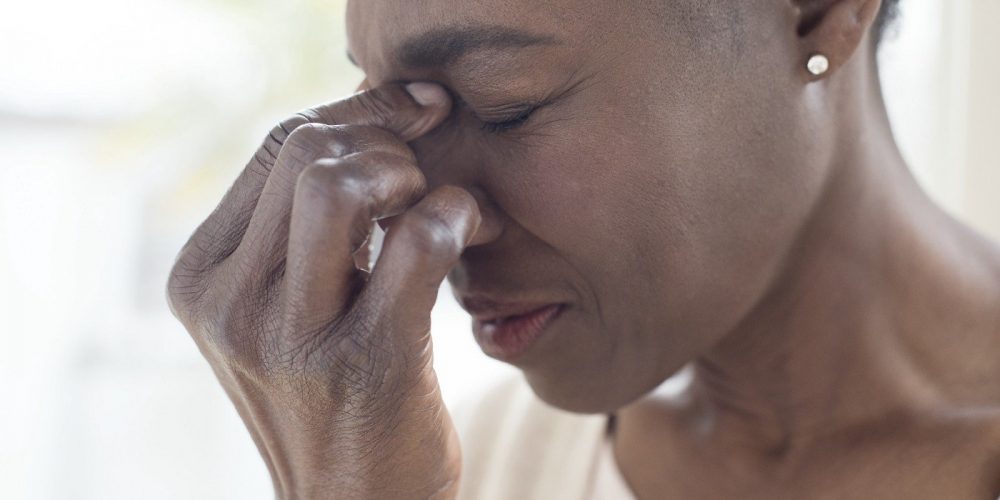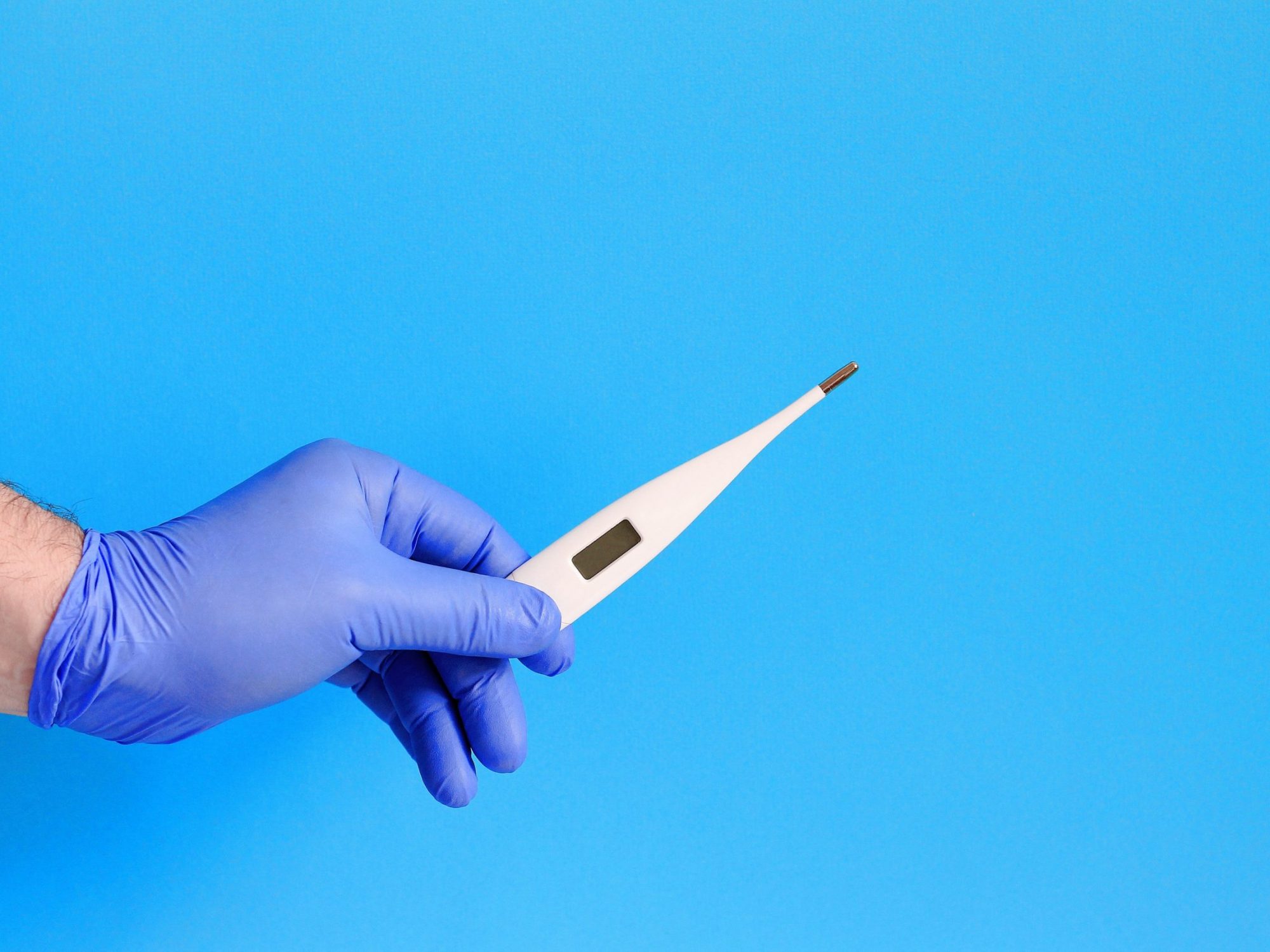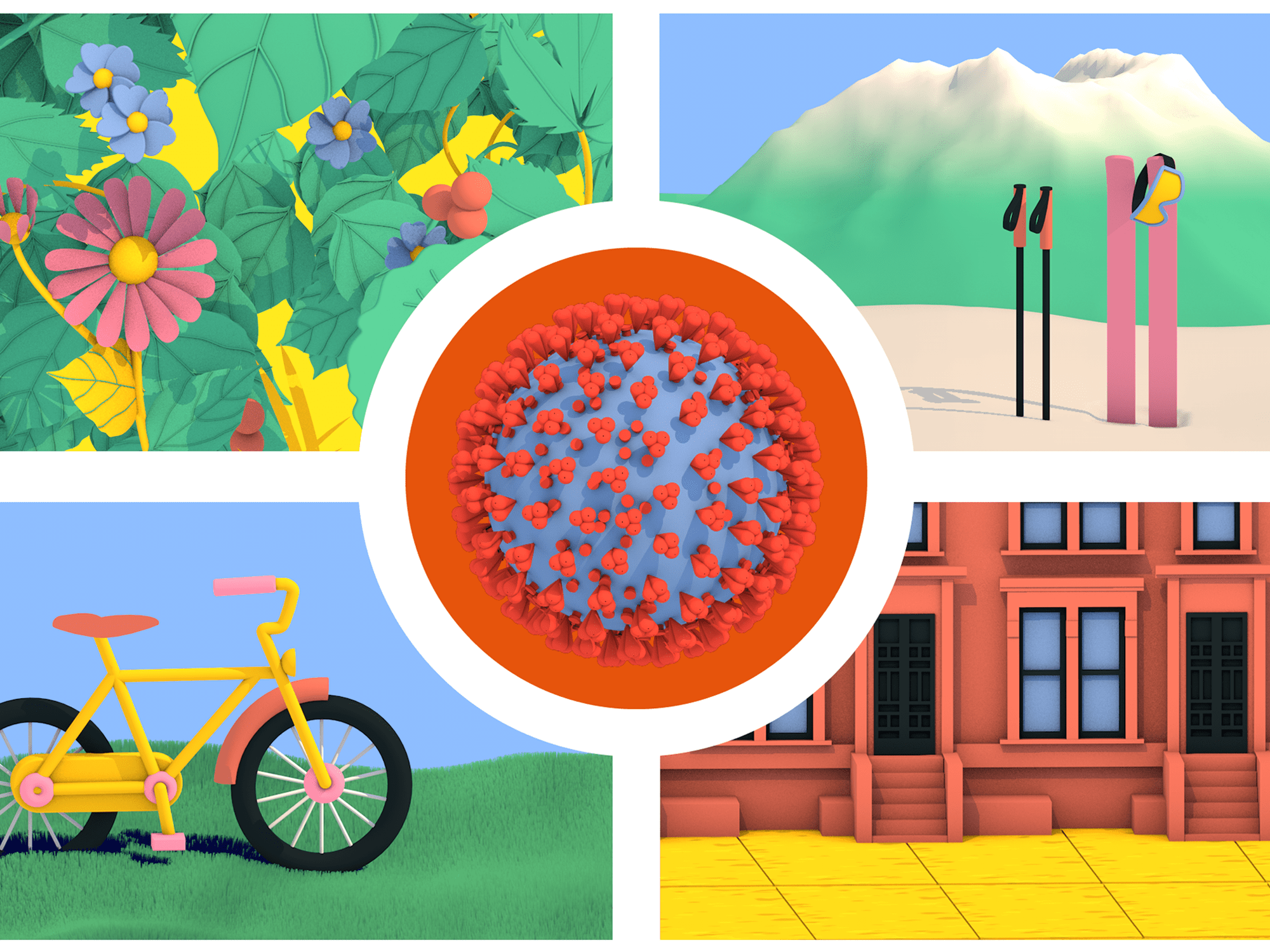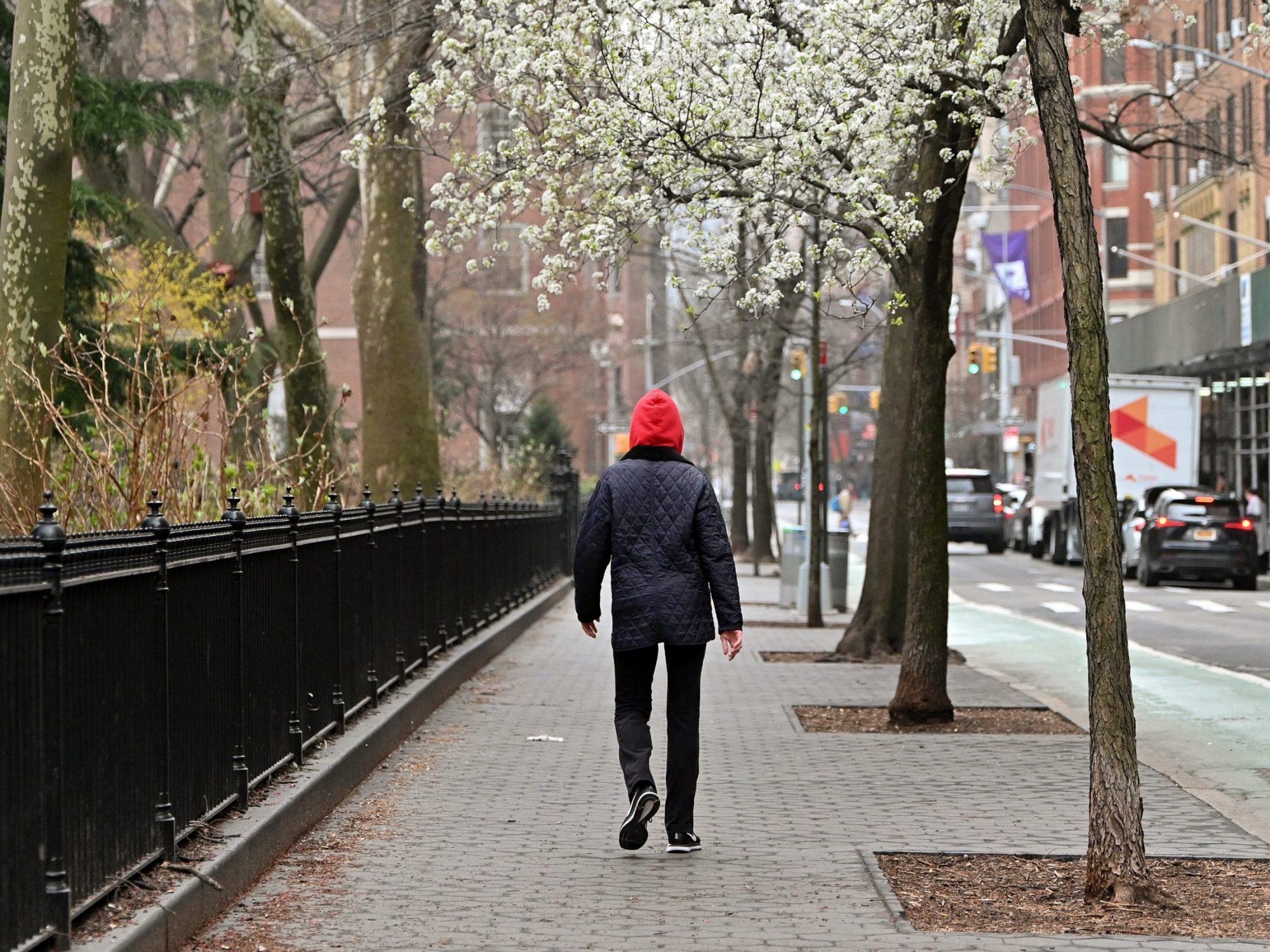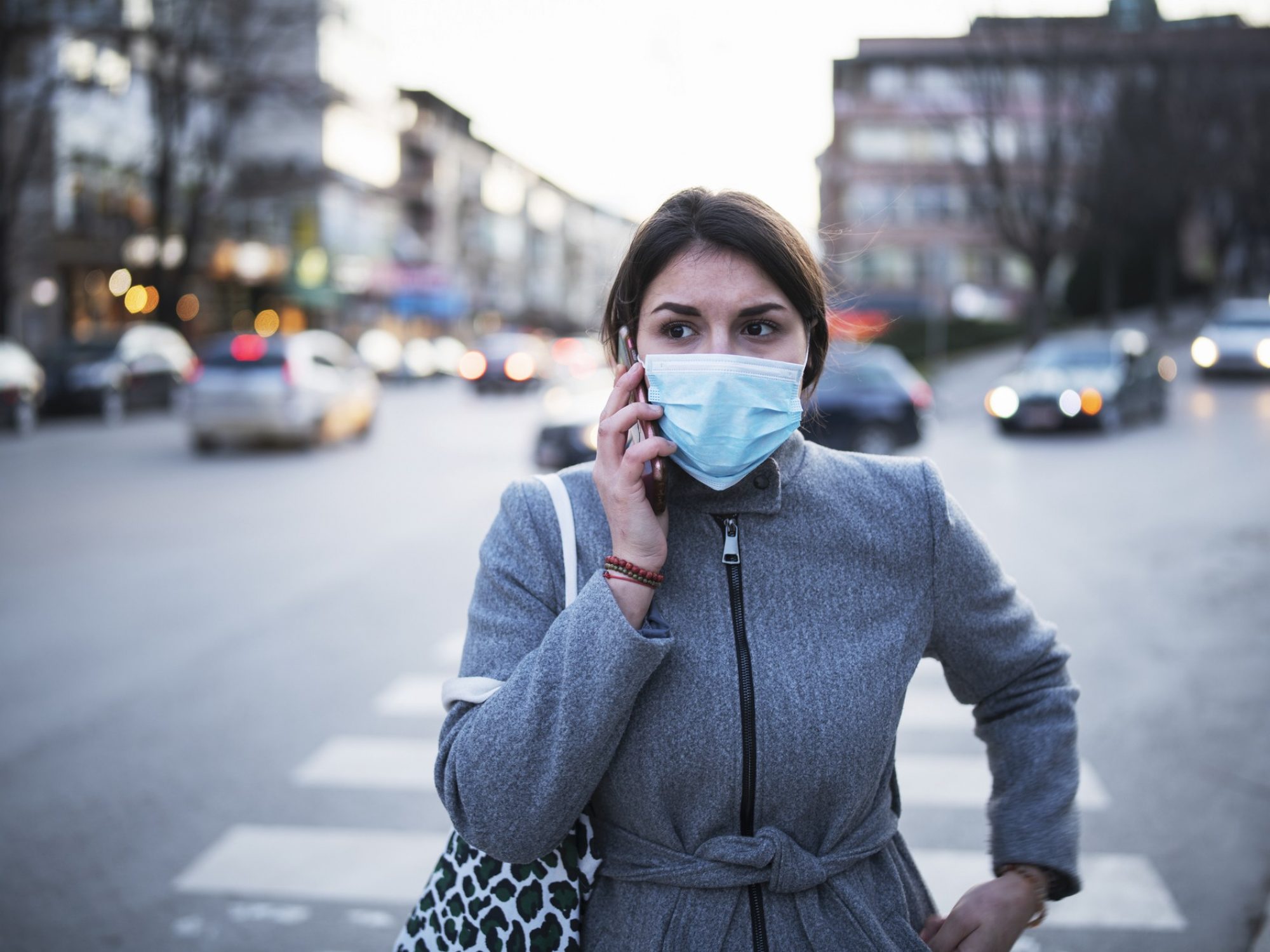People can experience stress in different ways during the pandemic. Many of those experiences can trigger headaches.
When you’re stuck at home in self-isolation and the world as you once knew it is crumbling, life can feel like one giant stress headache — literally. Tension-type headaches, also known as tension or stress headaches, affect about three-quarters of the population. And the doctors I spoke to say that number is almost certainly on the rise, thanks to the life-altering changes brought on by a global pandemic.
A textbook tension-type headache includes pain that feels like pressing or tightening, usually on both sides of the head. Some people describe the sensation as viselike, as if a tight band were wrapped around their skull. Other people experience neck or other muscle tension along with their headaches. The pain can range from mild and annoying to debilitating, lasting anywhere from 30 minutes to an entire week (or, theoretically, even longer if you’re under extreme stress, like during a pandemic).
No matter what you call them, tension headaches do have a lot to do with stress and tension. “In the most basic terms, stress of all kinds is the biggest trigger for tension headaches,”says Steven Rider, MD, a neurologist at the University of Tennessee Medical Center. “In the face of the current global viral pandemic, that stress may include concerns about loss of livelihood, ability to pay expenses, and concern about personal safety and well-being.”
“It’s been well known for years that a change in routine can really exacerbate headaches in general.”
Benjamin Nager, MD, a neurologist with Northwestern Medicine, says tension headaches often stem from changes in routine. Maybe you’re working from home, where you may not have a comfortable workspace. Maybe you’re sleeping or exercising less than you normally do, or your diet or water intake have shifted. All these things, he says, can contribute to tension headaches.
“It’s been well known for years that a change in routine can really exacerbate headaches in general,” Nager says. “Just yesterday, one of my patients called me and said she’d had a headache for two weeks, and she’s not even a headache person. This can happen to anyone.”
The increased anxiety and depression caused by the global pandemic can also lead people to more intense experiences with pain. Changes in mood, including stress, have long been known to affect how people experience pain. Studies show that injury sensory pathways of body pain share the same brain regions involved in mood management.
Doctors used to think tension headaches were directly caused by tight muscles squeezing the skull, but Nager says there’s not much evidence supporting that theory. “Instead, what seems to happen is that some stressful circumstances allow people’s bodies to become more hypersensitive to pain,” he says.
Nager says there are several other reasons stress can increase the frequency and severity of tension headaches. For example, some people tend to clench or grind their teeth under stress, which he says frequently triggers tension-type headaches.
That said, there’s a chance you may not actually have a tension headache at all. Nada Hindiyeh, MD, a headache specialist at Stanford Health Care, says migraines, which are also a lot more common during stressful periods, frequently get misdiagnosed as tension headaches.
Many of their symptoms overlap, including head and neck pain (which is frequently caused by the migraine, not the other way around). But there are a few key ways to distinguish between a migraine and tension headache. “The most important thing to do is to identify the type of headache you’re having,” Hindiyeh says. “If you are bothered by light or sound, or if you have even just a little bit of nausea, then your headache is crossing over to a migraine.”
“Most headaches people experience right now are going to be mild to moderate and more of a nagging problem rather than a real neurological problem.”
When it comes to treatment for increased stress-related headaches, lifestyle adjustments are the place to start. Hindiyeh says reintroducing as much of normal life as possible into your routine can help you feel better.
Hindiyeh recommends starting with three key factors: sleep, nutrition, and exercise. Try to go to bed and wake up at the same time each day, which she says has been scientifically shown to prevent tension headaches. Besides that, focus on a maintaining a meal routine, staying hydrated, and getting your heart rate up for least 20 or 30 minutes each day. (If you already have a headache, Hindeyeh says a brisk walk outside can help take the edge off.)
“We kind of just forget about these things when we are home, which can cause us to feel off,” she says. “Finding a ‘new normal’ during a time when you’re stressed is important for preventing headaches.”
If you think your pandemic mood is contributing to your headache, Rider says it’s important to focus on de-stressing with relaxation activities. Mind-body activities like yoga and meditation seem particularly promising for tension-type headaches: A 2014 study found that people who practiced yoga experienced decreased headache frequency and intensity, and other research shows that practicing mindfulness meditation may also reduce pain intensity.
While tension headaches are annoying, Nager says they’re usually not a cause for major concern and typically resolve on their own with basic lifestyle changes. But some cases warrant a visit — or, in these times, a tele-visit — with your primary care provider.
“Most headaches people experience right now are going to be mild to moderate and more of a nagging problem rather than a real neurological problem,” Nager says. “If those things go on for more than a few weeks, and you’ve tried things to stop them, it’s worth a call to your doctor.”

